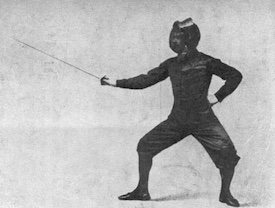EthanWiner
100+ Head-Fier
- Joined
- Sep 17, 2010
- Posts
- 280
- Likes
- 37
Quote:
A cable would have to be seriously defective or incompetently designed to affect the frequency response audibly. Regardless, any change in response that can be heard can be easily measured. This is audio engineering 101, and the methods go back to 1940 and even earlier.
--Ethan
Let's say one cable has more bass over another, is it possible to measure that bass difference ?
A cable would have to be seriously defective or incompetently designed to affect the frequency response audibly. Regardless, any change in response that can be heard can be easily measured. This is audio engineering 101, and the methods go back to 1940 and even earlier.
--Ethan



























